How much wind pressure and rainfall can the double slope roof design of metal building withstand?
The design of metal building double slope roof performs well in withstanding wind pressure and rainfall, thanks to their structural characteristics and material selection. In order to fully understand its load-bearing capacity, we need to analyze it from multiple perspectives, including its structural characteristics, material strength, wind resistance, and waterproof performance.
The double slope roof structure itself has many advantages. The slope design is relatively large, which not only improves the drainage of the roof, effectively prevents water accumulation during the rainy season, ensures indoor dryness, but also enhances the stability of the structure. This structural form has good adaptability to various climate and terrain conditions, and can better resist the invasion of natural disasters. At the same time, the double slope design also improves the internal space utilization of the roof, which can be used to add attic or set skylights, increasing the practicality and aesthetics of the building.
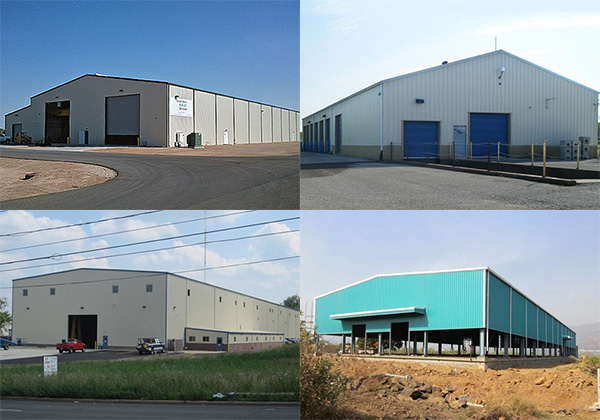
However, the design of double slope roof also faces some challenges, especially in extreme weather conditions. When a building faces strong winds, the metal roof system is greatly affected by the wind suction force, which places extremely high demands on the material, fixing method, spacing, quantity, quality, and thickness of the roof. A slight negligence may result in the roof being rolled up, torn, and other situations. Therefore, the design of metal roofs must be able to resist the destructive power brought by extreme weather conditions.
In terms of material selection, metal roof panels usually have high strength and thickness, and can withstand loads such as construction, rainwater, snow pressure, dust, and maintenance. The load-bearing capacity of these loads depends on the cross-sectional characteristics of the plate type, the strength of the material, and the spacing design of the purlins (secondary purlins). For example, the aluminum magnesium manganese upright lock edge metal roof system is a new type of high-strength and lightweight metal roof system, with aluminum panels used as the panel material, greatly improving the durability of the metal roof.
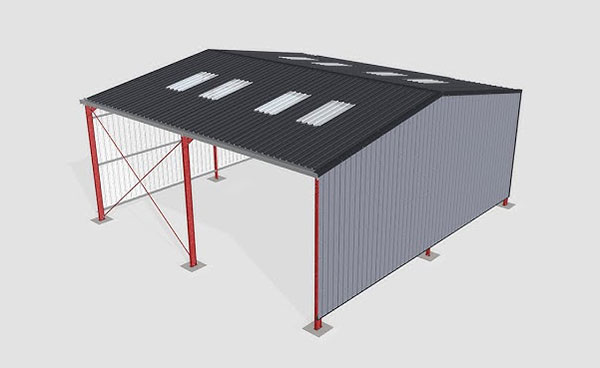
In terms of wind resistance, metal roofs should be able to withstand the maximum local wind pressure and not be pulled off by negative wind pressure. This requires careful design of the fastening force between the metal roof panel and the fixed seat, as well as the spacing between the fixed seats. Some advanced metal roofing systems, such as the upright lock seam roofing system, use bolts to fix the fixed supports to the main structural purlins, then fasten the metal roof panels to the fixed supports, and finally use an electric locking machine to bite the rolled edges of adjacent roof panels with the support uprights, thereby achieving high-strength wind resistance performance.
In terms of waterproof performance, metal roofs also perform well. By filling sound insulation materials such as insulation cotton in the metal roof layer, not only can sound propagation be effectively prevented, but the waterproof performance of the roof can also be enhanced. At the same time, some advanced metal roof systems also use polymer waterproofing membranes as the second waterproof structure, which plays a role in ensuring roof waterproofing in the event of partial failure of the first waterproof layer.
In order to ensure the safety and stability of metal building double slope roof, regular inspections and maintenance are also required. By checking the sealing, corrosion, and loosening of fasteners on the metal roof, potential safety hazards can be identified and addressed in a timely manner. In addition, relevant standards and specifications should be strictly followed during the design and construction process to ensure that the quality and performance of the metal roof meet the design requirements.

In summary, the design of metal building double slope roof has a high ability to withstand wind pressure and rainfall. This is due to the comprehensive effects of its structural characteristics, material selection, wind resistance, and waterproof performance. However, in order to ensure its long-term safety and stability, regular inspections and maintenance work are also required.
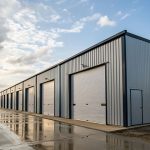
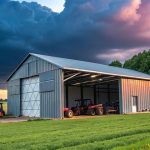
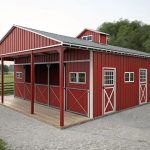
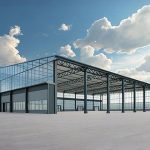
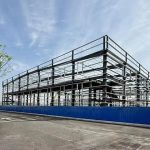

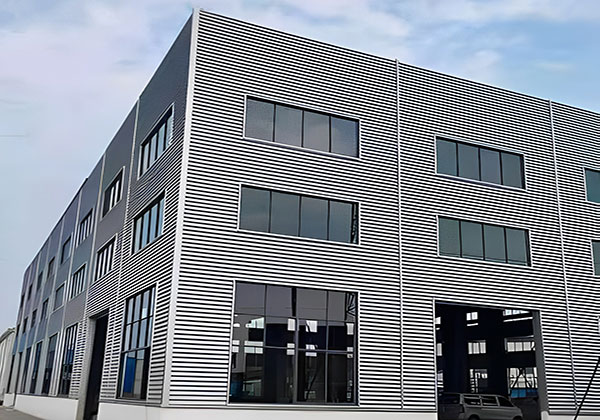
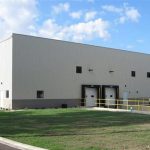
Send us the inquiry form